-
Electricity
Hugh Westrup
eBook (Teacher Created Materials, July 20, 2015)Ever wonder what life would be like without electricity? Become electrified with the amazing facts about how electricity was discovered and how it has evolved over time. High-interest text and vibrant images and photographs fill the pages of this e-book to make learning about electricity fun and interesting. A "Think Like a Scientist" lab activity that supports STEM instruction is included at the end of the e-book for students to use what they learned in the text and apply that knowledge to the activity. A helpful glossary, table of contents, and index are also included for additional support. Y
Y
-
Electricity
Sophie Lockwood
eBook (Cherry Lake Publishing, Dec. 13, 2013)Following the scientific process, this title provides instructions on how to conduct experiments that help students gain a better understanding of electricity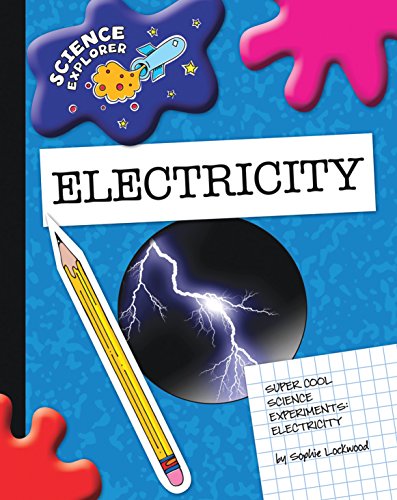
-
Electricity
Joseph Midthun, Paul Kobasa
Hardcover (World Book, Inc., July 1, 2012)What is electricity and how do we use it? Follow your cartoon guide in Electricity as he travels through circuits, generators, and even the human body to find out! Through bright and colorful comic-book-style pages, kids can explore how static and current electricity work. They will have fun learning about conductors, the invention of electric power, and its sources. World Books Building Blocks of Physical Science series makes complex STEM lessons exciting for young learners with a primary reading level grades 3 through 5. Each nonfiction book pairs humor and action with scientifically accurate information to make even the most difficult topics amusing and easy to understand. Kids will eagerly learn the fundamentals of physics through such volumes as Energy, Magnetism, and Matter and How It Changes. Helpful glossaries and indexes in each volume direct readers to the most important terms and topics. Materials for further exploration are suggested in lists of additional resources. Give budding scientists a head start with World Books fun Building Blocks series!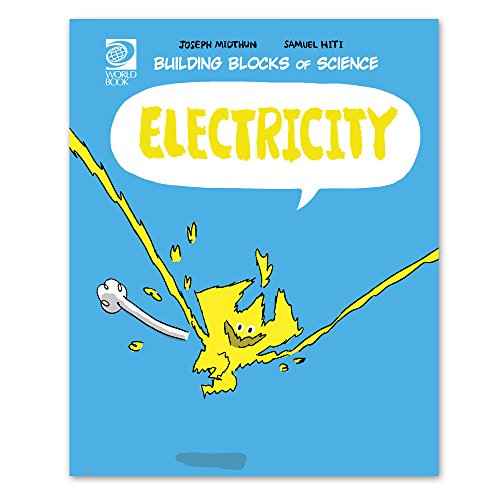
-
Electricity!
Kurt Zimmerman, Michelle Zimmerman
language (, Oct. 13, 2012)A fun, illustrated guide through a mysterious subject- Electricity! Children and adults alike will enjoy this straight-forward explanation of electricity basics: how it's made, how it's used, and how it affects everything we do! Parents and teachers will find this book helpful in making a sometimes difficult subject easy to understand.Beautiful, full-color illustrations on nearly all fifty pages!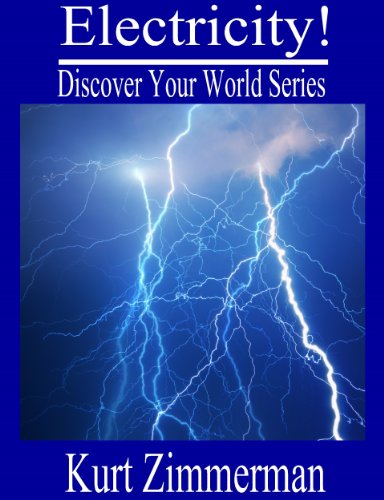
-
Using Electricity
Chris Oxlade
Paperback (Heinemann, Jan. 1, 2012)This book looks at electricity examining what they are, the different types of batteries, and how we use them. The book considers a range of examples that will be familiar to young readers, and explains the scientific concepts behind batteries and electricity in clear, simple language. S
S
-
Electricity
Joseph Midthun, Samuel Hiti
Paperback (World Book, Inc., Jan. 1, 2012)This graphic nonfiction book introduces the properties of electrical energy. Each of the ten Building Blocks of Physical Science volumes features a whimsical character to guide the reader through a physical science topic. The science is as sound as the presentation is fun! The volumes include a glossary, an additional resource list, and an index. Several spreads in each volume are illustrated with photographs to help clarify concepts and facts.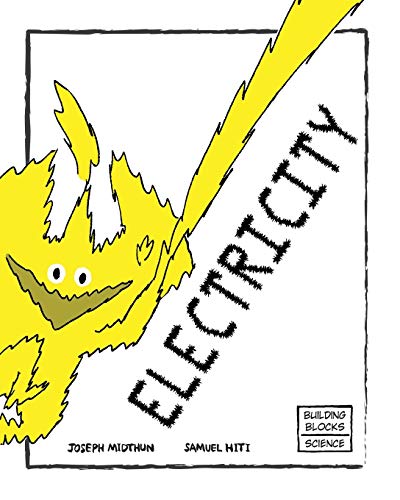 Y
Y
-
Using Electricity
Angela Royston
Paperback (Heinemann, Aug. 1, 2016)What is electricity? Where does electricity come from? What is a conductor? Read ‘Using Electricity’ to find out! Learn about where electricity comes from, where you will find it in everyday life, and how people use electricity. Each book in the ‘My World of Science’ series explains science that you see in the world around you and use every day. P
P
-
Using Electricity
Anna Claybourne
Hardcover (QEB Publishing, March 15, 1800)None
-
Using Electricity
Anna Claybourne
Hardcover (QEB Publishing, Jan. 8, 2008)What is an electric circuit? Why does static electricity make your hair stand on end? How is lightning made?Packed with fun experiments to show you how and why electricity works!Series DescriptionLearn about light, electricity, and gravity through practical activities and easy-to-follow explanations of the major elements of science.Using basic experiments and activities, children will learn about the world around them. Concise text and fantastic photographs provide a clear guide toscientific principles surrounding each subject.The series Why It Works includes:Electricity 978-1-59566-559-1Light & Dark 978-1-59566-556-0Material 978-1-59566-557-7Pushes & Pulls 978-1-59566-558-4 S
S
-
Electricity
Alexandra Parsons
Hardcover (World Book Inc, June 16, 1997)Book by Parsons, Alexandra
-
Electricity
Rebecca Pettiford
Paperback (Bellwether Media, Aug. 1, 2018)Electricity powers light bulbs, televisions, refrigerators even cars! Teeny-tiny electrons keep our big world running. In this title, early readers will explore the science behind electric currents, conductors, insulators, static electricity, and more. Narrative openings surround readers with the science around them. Photo labels visually define glossary terms and other important words. Infographics offer additional insight into concepts that are tough to grasp. Simple experiments help the readers test the topic on their own. K
K
-
Electricity
Georgia Amson-Bradshaw
Paperback (PowerKids Press, July 15, 2019)Electricity can seem like a mysterious force. We often don't even think about it, until the power goes off. This valuable volume allows young scientists to explore the energy we call electricity and understand how humans have harnessed it to power our homes and devices today. Essential information is explained in an accessible and entertaining comic-book design. Beneficial diagrams further enable readers to comprehend key concepts and quiz questions allow for self-assessment.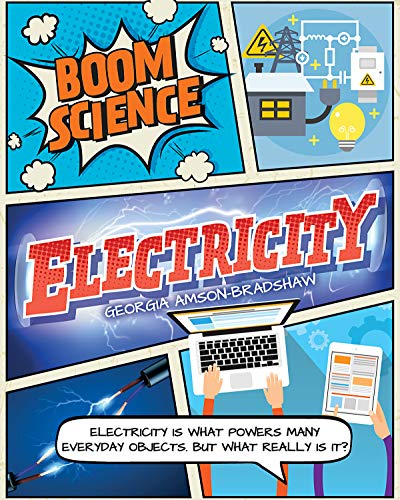 S
S